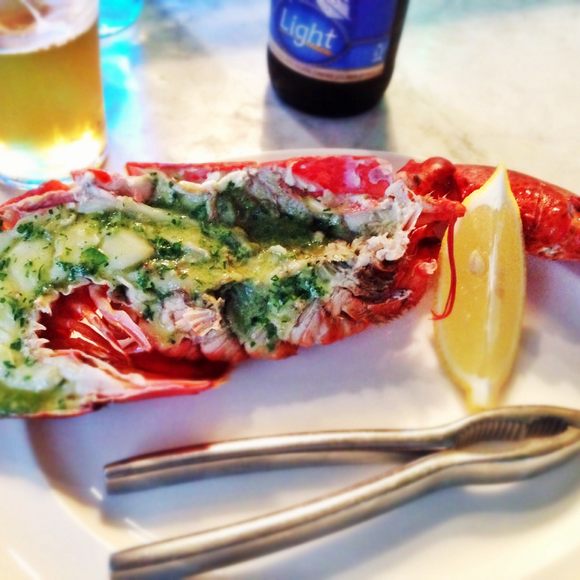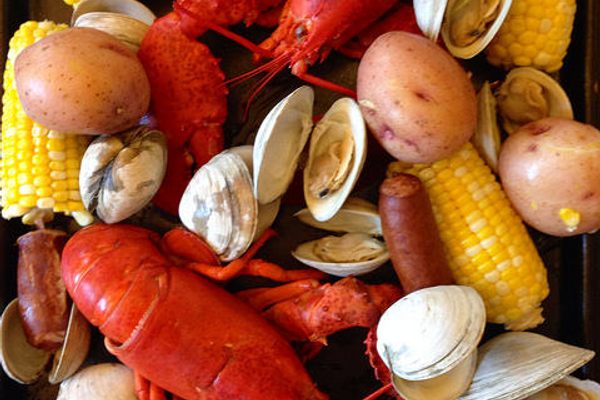Some people, when cracking open a fresh Maine lobster, toss out the greenish-brown goo that lines the top of the body cavity. It’s understandable. The tomalley, as the goo is called, has an unappetizing color and paste-like texture—they’re lobster guts, after all. But many New Englanders swear by its rich, lobstery flavor.
Tomalley is the lobster’s hepatopancreas, which serves the function of a liver and pancreas. The word tomalley has its roots in the pre-colonial Caribbean. In the Carib language, crustacean liver sauce is known as tumali or toumalin. The same trade routes that brought molasses and rum to New England likely brought the term as well.
Tomalley is often eaten along with lobster for an extra savory punch. It can also be spread on bread and crackers, or mixed with butter or mayonnaise as a sauce. Some stir it into chowder as a thickener.
Before strapping on a bib, bear in mind that eating tomalley fished on the eastern seaboard of the United States can be dangerous. Animals’ livers filter out toxins from food, so eating liver comes with some risk. In 2008, the FDA issued a warning to avoid the green goo. During red tides, lobsters can eat dinoflagellate plankton that produce a neurotoxin, leading to paralytic shellfish poisoning (PSP) for anyone unlucky enough to eat contaminated tomalley.
Written By
 Anne Ewbank
Anne Ewbank
Sources
- www.cooksillustrated.com/how_tos/6649-to-eat-or-not-to-eat-lobster-tomalley
- scripps.ucsd.edu/labs/mlatz/bioluminescence/dinoflagellates-and-red-tides/
- www.health.ny.gov/press/releases/2008/2008-08-01_do_not_eat_the_tomalley.htm
- biblio.wdfiles.com/local--files/taylor-1938-caribs/taylor_1938_caribs.pdf
- maine-lobster.com/lobster-tomalley-green-stuff















